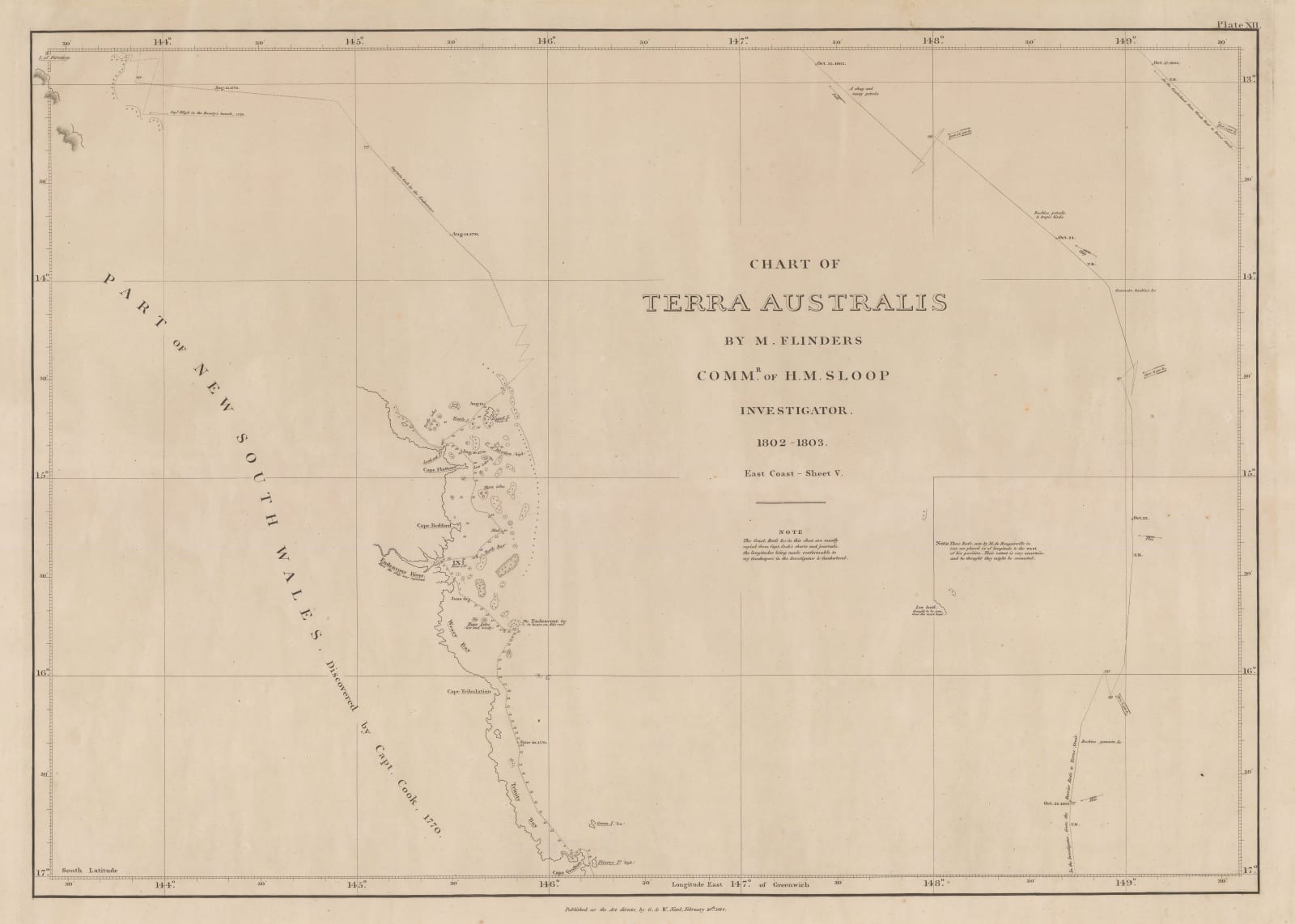- All
- AFRICA
- ▪ Central Africa
- ▪ East Africa
- ▪ North Africa
- ▪ Southern Africa
- ▪ West Africa
- ▪ Atlantic Islands
- AMERICAS
-
▪ United States (USA)
- USA - East
- USA - Midwest
- USA - Northeast
- USA - Southeast
- USA - West & Southwest
- Alabama
- Alaska
- Arizona
- Arkansas
- California
- Colorado
- Connecticut
- Delaware
- Florida
- Georgia
- Hawaii
- Idaho
- Illinois
- Indiana
- Iowa
- Kansas
- Kentucky
- Louisiana
- Maine
- Maryland
- Massachusetts
- Michigan
- Minnesota
- Mississippi
- Missouri
- Montana
- Nebraska
- Nevada
- New Hampshire
- New Jersey
- New Mexico
- New York
- New York City
- North Carolina
- North Dakota
- Ohio
- Oklahoma
- Oregon
- Pennsylvania
- Rhode Island
- South Carolina
- South Dakota
- Tennessee
- Texas
- Utah
- Vermont
- Virginia
- Washington
- Washington, D.C.
- West Virginia
- Wisconsin
- Wyoming
- ▪ North America
- ▪ South America
- ▪ Caribbean
- ASIA
- ▪ East Asia
- ▪ Southeast Asia
- ▪ India & South Asia
- ▪ Middle East & Turkey
- BRITISH ISLES
- ▪ London
-
▪ England
- English Cities
- Bedfordshire
- Berkshire
- Buckinghamshire
- Cambridgeshire
- Cheshire
- Cornwall
- Cumbria
- Derbyshire
- Devon
- Dorset
- Durham
- Essex
- Gloucestershire
- Hampshire
- Herefordshire
- Hertfordshire
- Huntingdonshire
- Isle of Wight
- Kent
- Lancashire
- Leicestershire
- Lincolnshire
- Middlesex
- Norfolk
- Northamptonshire
- Northumberland
- Nottinghamshire
- Oxfordshire
- Rutland
- Shropshire
- Somerset
- Staffordshire
- Suffolk
- Surrey
- Sussex
- Warwickshire
- Wiltshire
- Worcestershire
- Yorkshire
- Yorkshire East Riding
- Yorkshire North Riding
- Yorkshire West Riding
- ▪ Ireland
- ▪ Scotland
- ▪ Wales
- EUROPE
- ▪ Austria & Switzerland
- ▪ Benelux Region
- ▪ Central & Eastern Europe
- ▪ France & Monaco
- ▪ Germany
- ▪ Greece
- ▪ Italy
- ▪ Mediterranean Sea
- ▪ Spain & Portugal
- ▪ Scandinavia & Baltics
- ▪ Russia, Ukraine & Caucasus
- OCEANIA
- ▪ Australia
- ▪ New Zealand
- ▪ Pacific Ocean & Islands
- ▪ Papua New Guinea
- POLAR
- CELESTIAL
- WORLD
- GLOBES & INSTRUMENTS
- THEMATIC
- COLLABORATIONS
Matthew Flinders
The Coast of Queensland from Cairns to Cape Flattery, 1814
17 ½ x 25 in
45 x 64 cm
45 x 64 cm
AUNZ2770
%3Cdiv%20class%3D%22artist%22%3EMatthew%20Flinders%3C/div%3E%3Cdiv%20class%3D%22title_and_year%22%3E%3Cspan%20class%3D%22title_and_year_title%22%3EThe%20Coast%20of%20Queensland%20from%20Cairns%20to%20Cape%20Flattery%3C/span%3E%2C%20%3Cspan%20class%3D%22title_and_year_year%22%3E1814%3C/span%3E%3C/div%3E%3Cdiv%20class%3D%22dimensions%22%3E17%20%C2%BD%20x%2025%20in%3Cbr/%3E%0A45%20x%2064%20cm%3C/div%3E
Chart of Terra Australis - East Coast. Sheet V Chart of the coast of Queensland from Cape Flattery to Cape Grafton on the York Peninsula, taken from the survey...
Chart of Terra Australis - East Coast. Sheet V
Chart of the coast of Queensland from Cape Flattery to Cape Grafton on the York Peninsula, taken from the survey by H.M.S. Investigator, Sloop. SL
The dangers of attempting to survey this part of the Queensland coast can be attested by the experiences of Captain Cook on his ship, Endeavour in 1770. He scraped a reef at Cape Tribulation, sailed out to deeper water but foundered on another reef now named Endeavour Reef. After heroic deeds were made to refloat Endeavour, it managed to get to the mouth of a river on the mainland where the crew spent approximately seven weeks repairing their ship. The river is now named the Endeavour River to commemorate this event. The reef is not named but a small note on this map notes its location. Other names shown include Cape Flattery, Cape Grafton and Cape Bedford.
On this chart, the track of the Investigator is shown on the right side of the map. As is quite clear, Flinders wisely avoided attempting to chart the coast and a note states that the information is provided by Cook's survey. Another note confirms sightings of reefs by Admiral Bougainville of the French Navy in 1768, a very early reference to the Great Barrier Reef. The extreme upper right shows the route of H.M.S. Cumberland on its ill-fated journey back to Great Britain. The upper left corner shows part of the route of William Bligh's astonishing journey on the launch of the Bounty after being notoriously set adrift by the mutineers. This map is famous for showing the routes of three of the most famous explorers of the South Seas, Cook, Flinders and Bligh.
Matthew Flinders (1774-1814)
Matthew Flinders was one of the greatest navigators and explorers of the early 19th century. He sailed to the Pacific three times and, on his second voyage, was the first person to record that Tasmania was an island and not part of the Australian landmass.
His third and final voyage was his longest and greatest, being also the first full circumnavigation of Australia. Lasting from 1801-3, Flinders, now in command of the sloop H.M.S. Investigator, began a detailed survey of the coast of the new continent from Cape Leuwin in the southwest. He surveyed the south coast, and then turned north to record the coasts of Victoria, New South Wales, Queensland and the Northern Territory. He reached the northwest coast of the Gulf of Carpenteria, before he was forced to abandon the project due to the increasingly poor condition of his ship. He rounded the west coast and returned to Sydney in 1803.
In Sydney H.M.S. Investigator was condemned as unseaworthy and decommissioned, requiring Flinders to find an alternative route home. He made two attempts to return to Great Britain: the first, on H.M.S. Porpoise, resulted in a shipwreck on the Great Barrier Reef and a heroic 800 mile journey back to Sydney. On his second attempt, on H.M.S. Cumberland, the condition of the ship was so dangerous that they were forced to dock at the French-owned Ile de France (Mauritius) in December of 1803. France and Britain had recently resumed hostilities in the Napoleonic Wars, and Flinders was taken prisoner by the French governor of Mauritius. He was imprisoned for five years and seven months, remaining on the island until 1810 when he was exchanged for a captured French officer by an English fleet blockading the island.
Flinders finally reached Great Britain in October, 1810, and after a period of recovery he began to prepare his papers for publication. His account of the voyage, which was published in 1814, included an atlas of sixteen charts pertaining to his coastal survey. It remains one of the greatest and most important accounts of Pacific exploration. Sadly, Flinders, whose health had been shattered, did not live to see their success, passing away just before the work was issued, at age 40. SL [AUNZ2770]
Chart of the coast of Queensland from Cape Flattery to Cape Grafton on the York Peninsula, taken from the survey by H.M.S. Investigator, Sloop. SL
The dangers of attempting to survey this part of the Queensland coast can be attested by the experiences of Captain Cook on his ship, Endeavour in 1770. He scraped a reef at Cape Tribulation, sailed out to deeper water but foundered on another reef now named Endeavour Reef. After heroic deeds were made to refloat Endeavour, it managed to get to the mouth of a river on the mainland where the crew spent approximately seven weeks repairing their ship. The river is now named the Endeavour River to commemorate this event. The reef is not named but a small note on this map notes its location. Other names shown include Cape Flattery, Cape Grafton and Cape Bedford.
On this chart, the track of the Investigator is shown on the right side of the map. As is quite clear, Flinders wisely avoided attempting to chart the coast and a note states that the information is provided by Cook's survey. Another note confirms sightings of reefs by Admiral Bougainville of the French Navy in 1768, a very early reference to the Great Barrier Reef. The extreme upper right shows the route of H.M.S. Cumberland on its ill-fated journey back to Great Britain. The upper left corner shows part of the route of William Bligh's astonishing journey on the launch of the Bounty after being notoriously set adrift by the mutineers. This map is famous for showing the routes of three of the most famous explorers of the South Seas, Cook, Flinders and Bligh.
Matthew Flinders (1774-1814)
Matthew Flinders was one of the greatest navigators and explorers of the early 19th century. He sailed to the Pacific three times and, on his second voyage, was the first person to record that Tasmania was an island and not part of the Australian landmass.
His third and final voyage was his longest and greatest, being also the first full circumnavigation of Australia. Lasting from 1801-3, Flinders, now in command of the sloop H.M.S. Investigator, began a detailed survey of the coast of the new continent from Cape Leuwin in the southwest. He surveyed the south coast, and then turned north to record the coasts of Victoria, New South Wales, Queensland and the Northern Territory. He reached the northwest coast of the Gulf of Carpenteria, before he was forced to abandon the project due to the increasingly poor condition of his ship. He rounded the west coast and returned to Sydney in 1803.
In Sydney H.M.S. Investigator was condemned as unseaworthy and decommissioned, requiring Flinders to find an alternative route home. He made two attempts to return to Great Britain: the first, on H.M.S. Porpoise, resulted in a shipwreck on the Great Barrier Reef and a heroic 800 mile journey back to Sydney. On his second attempt, on H.M.S. Cumberland, the condition of the ship was so dangerous that they were forced to dock at the French-owned Ile de France (Mauritius) in December of 1803. France and Britain had recently resumed hostilities in the Napoleonic Wars, and Flinders was taken prisoner by the French governor of Mauritius. He was imprisoned for five years and seven months, remaining on the island until 1810 when he was exchanged for a captured French officer by an English fleet blockading the island.
Flinders finally reached Great Britain in October, 1810, and after a period of recovery he began to prepare his papers for publication. His account of the voyage, which was published in 1814, included an atlas of sixteen charts pertaining to his coastal survey. It remains one of the greatest and most important accounts of Pacific exploration. Sadly, Flinders, whose health had been shattered, did not live to see their success, passing away just before the work was issued, at age 40. SL [AUNZ2770]
Share
- Tumblr
Join our mailing list
* denotes required fields
We will process the personal data you have supplied to communicate with you in accordance with our Privacy Policy. You can unsubscribe or change your preferences at any time by clicking the link in our emails.
Contact
The Map House
54 Beauchamp Place,
London SW3 1NY,
United Kingdom
maps@themaphouse.com
+44 (0)20 7589 4325

Copyright © 2025 The Map House
This website uses cookies
This site uses cookies to help make it more useful to you. Please contact us to find out more about our Cookie Policy.

